Metaverse: What is it and who's in control?
The phrase "metaverse" has been bandied about but what exactly is it and how far along is the project? Academic James Pang and entrepreneur Liang Xinjun explain that the implications of this development are larger than most think. The metaverse is not so much a sub-world to enter into on the side but the integration of the real and virtual worlds and economic systems, essentially creating a new world with new governance structures and norms. US and Chinese firms are, of course, racing to get a big slice of the future.

Over the past year, one popular term has often been mentioned in the media - the metaverse. Many people are curious: what exactly is the metaverse? However, there is no standard definition of the metaverse so far, and people in different industries have different interpretations.
Those in the tech industry tend to see the metaverse as Web 3.0, the next-generation internet. Government officials see it as the driver of the next-generation digital economy. While science fiction writers and philosophers are more interested in how the metaverse relates to human society and the evolution of civilisation.
To better understand the metaverse, we can look back at its history and evolution in the past 30 years. The concept of the metaverse goes back to the book Snow Crash by American sci-fi writer Neal Stephenson, released in 1992, which gave us the word "metaverse".
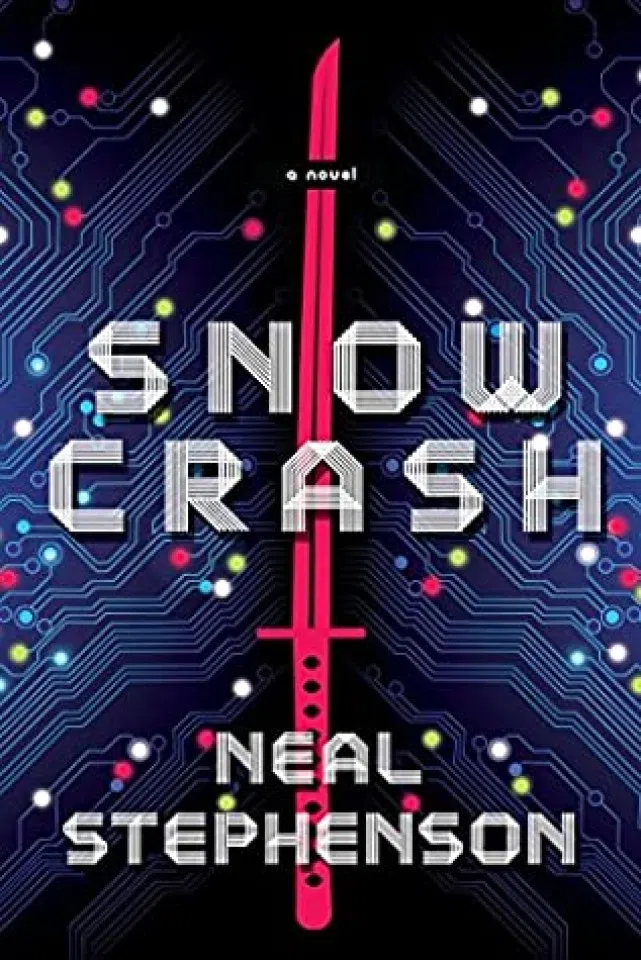
The book's protagonist Hiro is a computer hacker and pizza delivery driver, who can connect to a terminal and enter as an avatar into a virtual world that runs in parallel with the real world. This virtual world contains a complete social and economic system, where people in the real world can live, work and have fun as avatars. Snow Crash can be called one of the most influential sci-fi novels in recent times, giving readers an amazing prophecy of the future world.
Fast forward to 2003, and the advent of a phenomenal video game about the virtual world: Second Life. In the virtual world of Second Life, people can engage in many real-life activities like shopping, partying, building homes, travelling etc. Besides individual players, many government agencies also entered the Second Life virtual world - Sweden and other countries established embassies, IBM built a virtual retail centre while CNN released a virtual newspaper.
...we can see the metaverse as a combination of the real and virtual worlds.
For users, by users
The Roblox gaming platform that came out in 2006 explored the decentralised growth of the metaverse. Right from the start, Roblox did not directly provide games but a development platform and community, and attracted users with its incentive mechanism for innovation to build a decentralised world online. Now, Roblox has grown into the world's largest multiplayer online game creation platform; in March 2021, it was successfully listed on the New York Stock Exchange, and at its peak, its market value was around US$80 billion.
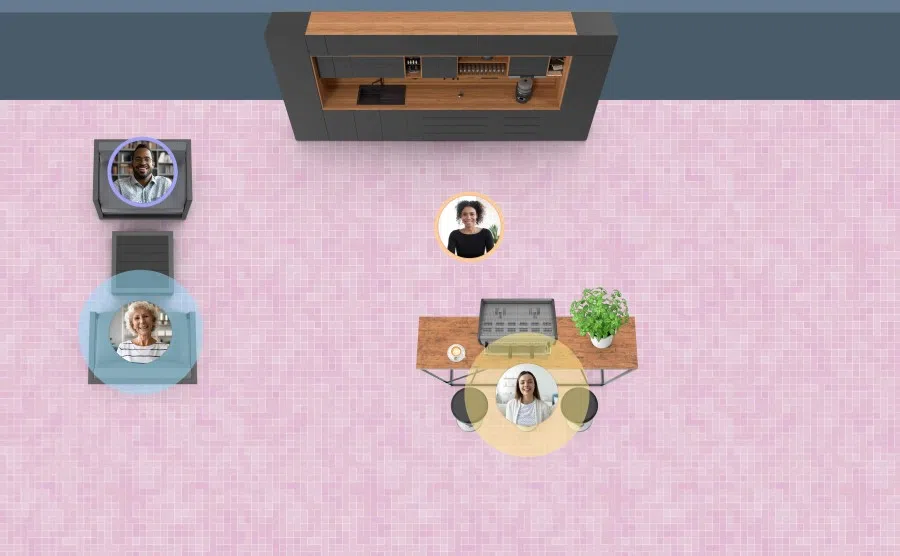
In October 2021, one of the world's best-known tech companies - Facebook - trumpeted that it was changing its name to Meta, the first half of the word metaverse. It also announced that the company would be going all in with its involvement in the metaverse sector and in doing so, creating 10,000 related jobs over the next five years. Subsequently, many well-known companies including Apple, Nvidia, Microsoft, Tencent and ByteDance also rolled out their own metaverse development plans, which quickly popularised the entire concept of the metaverse.
From the summary above, we can see the metaverse as a combination of the real and virtual worlds. The social and economic systems that exist in the real world, as well as normal daily activities, are reflected in the virtual world, but may be very different. For example, in real life, you may be an ordinary engineer, but in the virtual world, your alter ego may be a powerful superhero.
The current internet platforms like Facebook, Twitter, Weibo, WeChat and so on are fundamentally centralised closed systems... The future virtual world of the metaverse will be an open DAO ecosystem, based on open protocols and consensus.
After 30 years of development and exploration, we have a deeper understanding of the metaverse. So what key factors do we need to consider in building the next-generation metaverse?
First, the social relationship system in the virtual world of the metaverse. Over the past decade or so, the rapid growth of blockchain technology and the exploration of Roblox has given people a better understanding of decentralised autonomous organisation (DAO).
The truly democratic world of the metaverse?
The current internet platforms like Facebook, Twitter, Weibo, WeChat and so on are fundamentally centralised closed systems, in which individual users basically do not have autonomy and decision power, nor can they strive for their own interests well.

DAO is a new-generation organisation collectively owned and jointly managed by community members, where individual members can fight for and safeguard their interests through the DAO voting mechanism. The future virtual world of the metaverse will be an open DAO ecosystem, based on open protocols and consensus.
Of course, most decisions in traditional DAO are bottom-up, which means they are often inefficient and ineffective. However, with some recent new blockchain-based experiments with DAO such as Bankless DAO, we see that when a DAO has a clear goal and direction, appropriate top-down workflow and centralisation of power is feasible and necessary.
By establishing a reasonable governance structure, a bottom-up approach gives those in the community clear rights and duties. Conversely, council members can increase efficiency through top-down decision-making.
With transparent governance, authority is awarded by the community, which does not go against the principle of decentralisation. Community members can also monitor council members with executive authority, acting as an effective check. Bankless DAO coordinators and moderators play this role. This new form of human cooperation will also be the form that next-generation organisation structure takes. It is likely that future human activity will be increasingly reliant on the DAO operating framework.
Secondly, the economic system of the metaverse is further improved thanks to the rapid development of blockchain and cryptocurrencies, which have seen many innovations in the past decade or so, such as token-based incentive mechanisms, DeFi (decentralised finance) and non-fungible tokens (NFTs), allowing trust and value to flow freely through the metaverse.
Integrating real and virtual economic systems
The free flow of trust and value goes far beyond fund transfers and payments. Right now, we can see a glimpse of its core value: the free flow of trust and value in the metaverse has bred new organisational structures like DAO with decentralised cooperation and shared value. Through blockchain and cryptocurrency infrastructure, the real and virtual economic systems will be able to better integrate.
But in the decentralised economic system of the future metaverse, no internet platform will be able to easily block anyone's virtual identity.
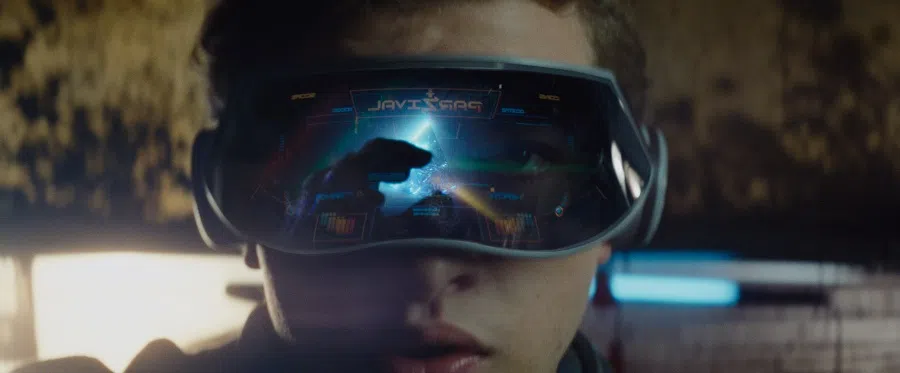
Director Steven Spielberg illustrates this very well in his 2018 hit film Ready Player One. In the universe he created, certain equipment from the real world can be used in the virtual world, and prize money won in the virtual world can fulfil the dreams of people in the real world. This shows clearly how the real and virtual economies of the future metaverse can be integrated and interconnected.
Another boon is that decentralised innovations such as DeFi and NFTs return the value of digital assets to the value creators themselves, allowing them to possess the internet value erstwhile owned by the platform. For example, in the online world today, we often see cases of certain internet celebrities with tens of millions of followers being blocked by internet platforms such as Facebook, Twitter, Weibo and so on. Thereafter, all of their followers and users are lost to them and so too the internet value they represent. All of the personalities' efforts in growing their followings would have gone down the drain.
But in the decentralised economic system of the future metaverse, no internet platform will be able to easily block anyone's virtual identity. One can mint and issue NFTs to their fans, which can come at a cost or no cost at all. Likewise, fans can use NFTs as a coupon to attend virtual or physical events of the personalities they admire. In other words, the fan base value of "Big Vs" and bloggers will be determined by them alone - not some platform.
Supported by blockchain, AR/VR, 5G, AI and cloud computing
Thirdly, the rapid development of some key technologies of the metaverse over the past 20 years has paved the way for a better experience in new-generation metaverse worlds. In general, key technologies of the metaverse include blockchain, human-computer interaction (HCI) techniques, 5G, artificial intelligence (AI) and cloud computing.
As mentioned earlier, the emergence of blockchain allows the virtual worlds of the metaverse to build a more open and fair social and economic system with the innovations of DAO and DeFi. The recent development of human-computer interaction techniques such as augmented reality (AR) and virtual reality (VR) enable the metaverse to offer a better interactive experience between the real and virtual worlds.
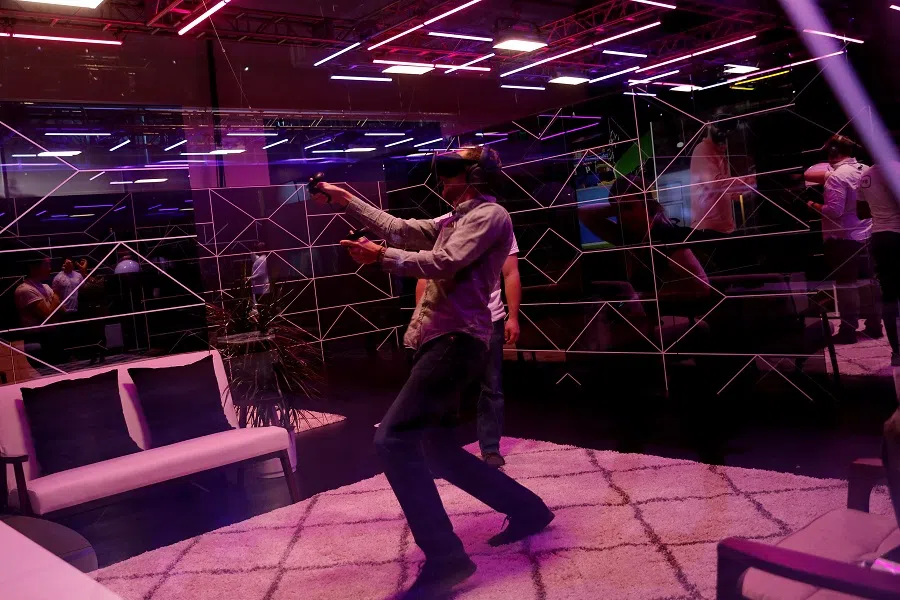
For example, the immersive experience you get to enjoy from Meta's Oculus VR headset is much better than VR equipment from a decade ago. For HCI devices to be truly immersive, higher resolutions and frame rates are needed. Thus, it is necessary to explore more advanced mobile communication technology, virtual modelling and video compression technology.
...other factors such as privacy risks, ethical constraints and regulatory mechanisms will also need to be looked into deeply.
5G's high speed, low latency and support for large-scale device connections allow better support for a large number of applied innovations underpinning the metaverse. Cloud computing, on the other hand, provides a low-cost and large-scale computing infrastructure for realistic virtual modelling and complex video compression techniques that require huge computing power. Moreover, the advancement of AI technology allows for the content of the metaverse to be greatly enriched. For example, AI can generate massive amounts of non-repetitive content and spur the spontaneous and organic growth of the metaverse. Also, AI-driven digital humans can provide more diverse interactive experiences for the metaverse.
Aside from the above-mentioned key factors in creating a metaverse, other factors such as privacy risks, ethical constraints and regulatory mechanisms will also need to be looked into deeply.
Enterprises and governments around the world are starting to sit up and take notice of the great potential and strategic value of the metaverse. Chinese and American tech giants have been particularly quick to sense the opportunities and have poured extensive resources into relevant industries to get a piece of the pie.
American firms in the lead, but Chinese firms are gaining on them
Meta, as the most enthusiastic advocate of the metaverse, plans to transform from a social media company into a metaverse company. The social media users, creator community, Oculus headset, Horizon VR platform and the future economic system it has built centred on the Diem cryptocurrency project (which, however, has most recently been sold) will be merged together to form a large-scale metaverse.
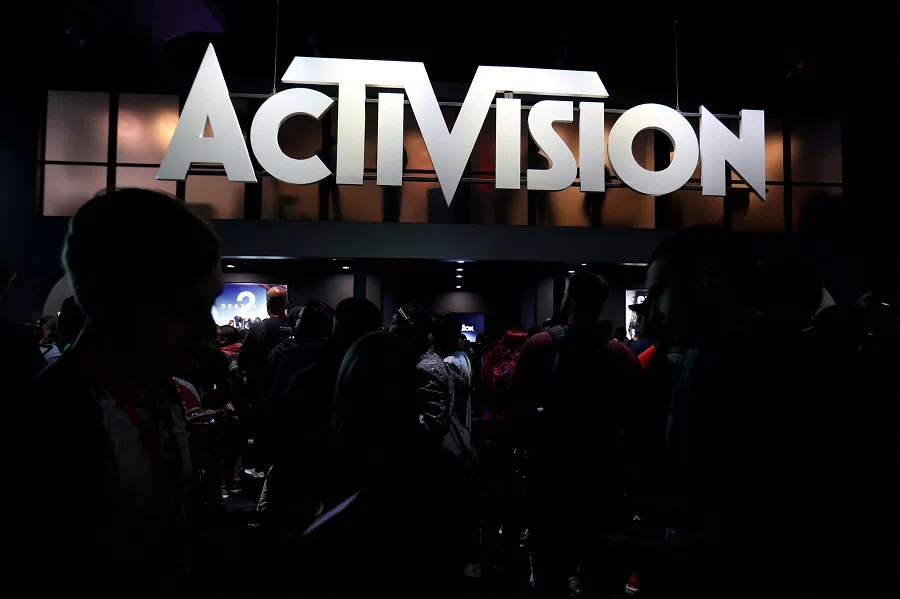
Through the company's Azure cloud computing platform, HoloLens headset, Mesh mixed-reality platform, and its recently acquired gaming giant Activision Blizzard, which it spent US$68.7 billion to buy, Microsoft has also become a leading player in the metaverse. Other American enterprises such as Nvidia, Apple and Google have also increased their investments in the metaverse to build their own core competitive advantage.
...in terms of the key technologies in the metaverse, American enterprises have an edge in HCI, AI, cloud computing and blockchain.
As for Chinese enterprises, as one of the world's largest gaming and social media companies, Tencent is expanding its content products and boasts of rich product reserves in videos, films, literature, music and other entertainment genres. It has already formed a relatively comprehensive preliminary metaverse blueprint consisting of social media, content and entertainment, with its obvious advantage being its scope of content.
ByteDance has established a globalised content traffic portal through its products such as Douyin (TikTok), Toutiao and Lark. At the same time, after acquiring VR headset maker Pico, ByteDance has also built its own closed loop ecosystem of equipment, content and platform in cross-promoting the development of software and hardware. Other Chinese enterprises such as Baidu, Alibaba and NetEase also regard the metaverse as an important part of their strategic development and are actively investing in it.
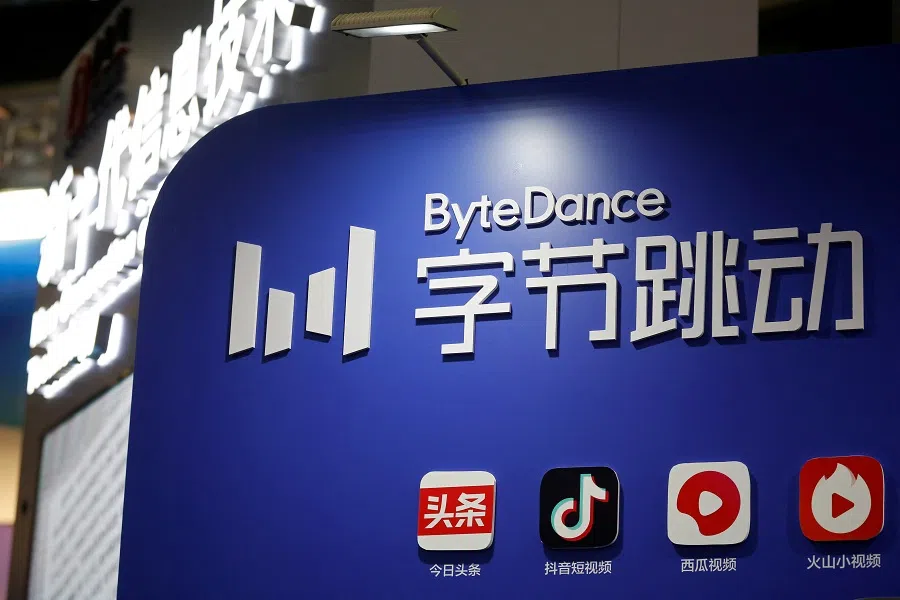
In sum, in terms of the key technologies in the metaverse, American enterprises have an edge in HCI, AI, cloud computing and blockchain. For example, based on market statistics, Meta's Oculus headsets made up about 75% of all AR/VR headset shipments in 2021. On the other hand, leading Chinese AR/VR enterprises such as Pico only accounted for 4% of global shipments. On the other hand, Chinese enterprises have performed very well in developing the metaverse's ecosystem comprising social media, content and entertainment, and 5G technology.
...while the US government does have its reservations, it still allows companies to explore innovations in the fields of cryptocurrency and DAO. This could give American enterprises a leg up in the metaverse Web 3.0 race.
However, in terms of exploring social and economic systems in the virtual world, as the Chinese government is very cautious about cryptocurrencies and DAO, it has focused on the research and application of technologies and downplayed the study of new social and economic systems in the metaverse. This could limit the full understanding and potential of the metaverse to some extent.
Relatively speaking, while the US government does have its reservations, it still allows companies to explore innovations in the fields of cryptocurrency and DAO. This could give American enterprises a leg up in the metaverse Web 3.0 race.




![[Big read] China’s 10 trillion RMB debt clean-up falls short](https://cassette.sphdigital.com.sg/image/thinkchina/d08cfc72b13782693c25f2fcbf886fa7673723efca260881e7086211b082e66c)

